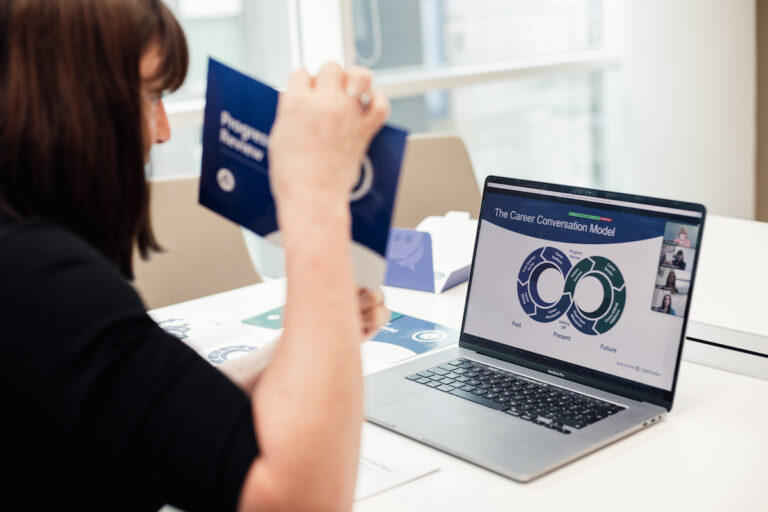Effective leaders and managers need to have enthusiastic followers. Since people are your key source of competitive advantage, you need every single employee to be fully committed to taking the company forward and doing everything they can to make it a success in the future.
Unfortunately, the recession forced many companies to alter their course. In recession-altered workplaces, employees are often adrift, not really clear what the future holds for them or the company and not sure if or how they can make a difference.
This is where it becomes crucial to create a positive picture of the future that enthuses and energises the workforce and gives your employees something to believe in.
How to Motivate Employees
Imagination can have a powerful effect on motivation and belief. It can also have a direct effect on behaviour. Why do you think golf coaches advise their students to always visualise good shots, rather than think about all the ways the shot can be miss-hit? Professional athletes and coaches in all sports know that imagining positive future scenarios is a powerful way to increase the likelihood of achieving a positive result.
People become excited by their idea of a positive future, they become motivated to make it a reality and their behaviour becomes more focused on achieving the desired outcome. In the same way, you and your teams will have a much better chance of success if you create a picture of the future that leads to positive outcomes.
So how should you go about creating a positive future?
- Involve your employees. The process of creating a positive future can be energising and engaging. Participation in creating their own professional future – and the future of their working environment – is often the critical factor in ensuring employees buy-in to the vision and take responsibility for making it happen.
- Start with strengths. Even though you’ve gone through a difficult time, you and the company have survived. Establishing a strong foundation of strengths reminds the team of their skills and achievements and provides a starting point of positivity and optimism. Things to think about and discuss are:
- What do we know about the strengths of the company, our team, each of the individuals?
- In spite of all the things that we might want to change, what are we happy with?
- What do we not want to lose as we move forward?
- Describe the perfect future. If your organisation could be everything you dreamed, how would it be? Imagine the future as you want it to be, and then describe what you see in specific, detailed terms. In other words, look “back” from your success and see what helped you succeed in getting there. When this exercise is done with a team, they will typically see world-class processes, culture, technology, people and performance. Importantly though, this attractive picture of the future doesn’t just come from anywhere; because you started with strengths, it is built on the foundations of what you know you can do, meaning that the imagined perfect future is essentially both desirable and achievable.
- Help each person identify the “What’s in it for me?” factor. Creating a positive future as a team is a great opportunity for synergy. However, while the whole team may have the same positive picture of the future, the benefits of making it a reality are likely to be different for each person. To really gain commitment and collective action, each employee needs to fully appreciate its meaning for them personally see what is in it for them personally.
Finally, demonstrate your own personal sense of excitement about the positive future you’ve created. Constantly express your personal confidence in ultimate success and endlessly seek, find and use examples of success and progress to build a sense of momentum.
These are all approaches I use when I facilitate team strategy days and workshops.
Walt Disney was a genius at getting his employees committed to his organisation’s future. When he started his theme parks he was clear on their purpose and their strength. He said “We’re in the happiness business”. That is very different from being in the theme park business. Walt Disney’s picture of the future was clear. “Keep the same smile on people’s faces when they leave the park as when they enter”. He didn’t care whether a guest was in the park two hours or ten hours. He just wanted to keep them smiling. A clear picture of the future drives everything the cast members (employees) do with their guests (customers) and inspires excitement, commitment and ownership for making that picture a reality.




4 thoughts on “How to Motivate Employees”
Great article, thanks
Thanks for an idea, you sparked at thought from a angle I hadn’t given thoguht to yet. Now lets see if I can do something with it.
very thought provoking!
Thanks Tracey. Great to get your feedback.